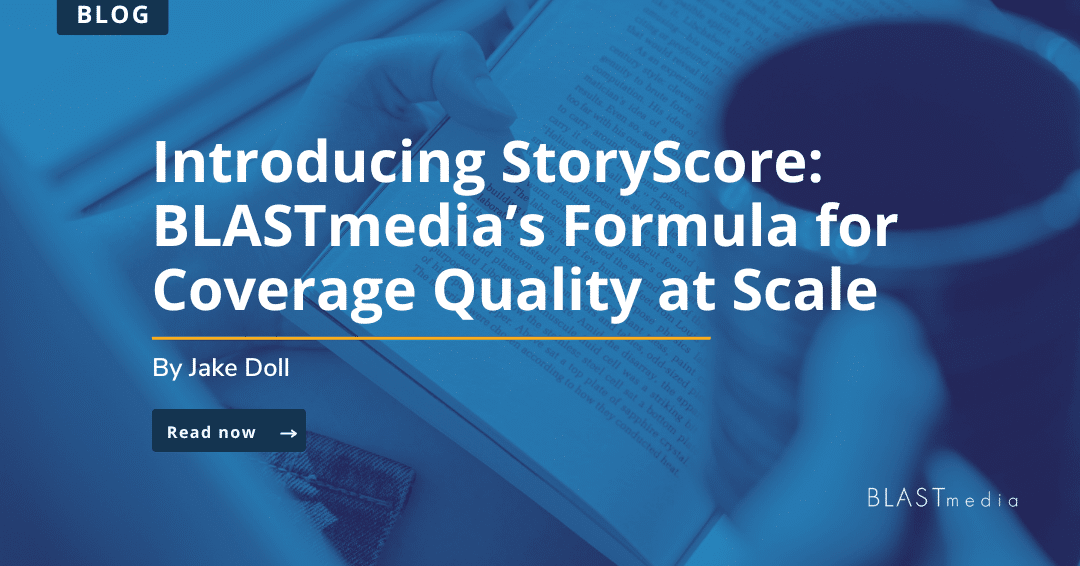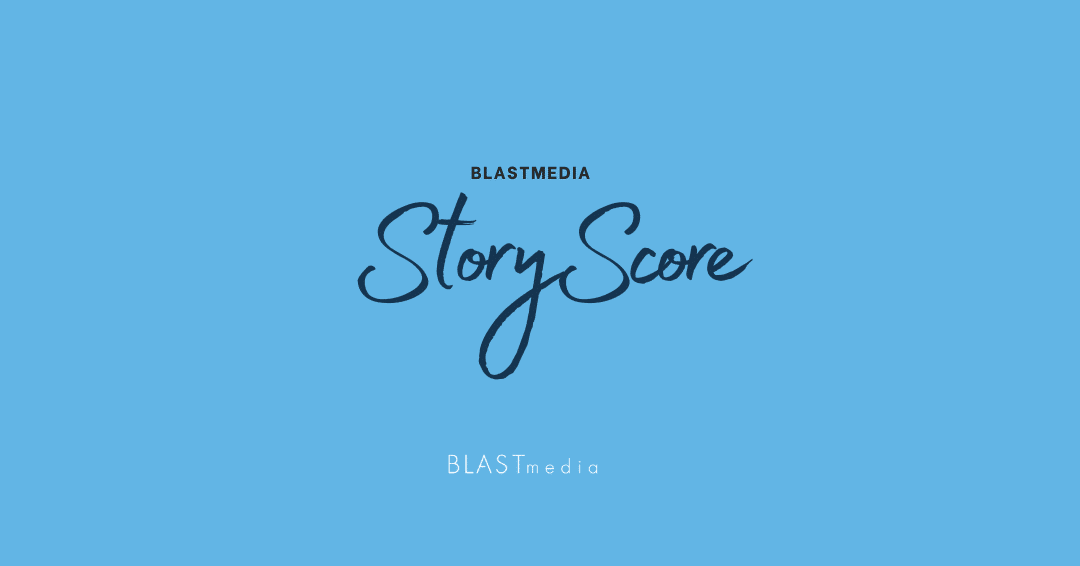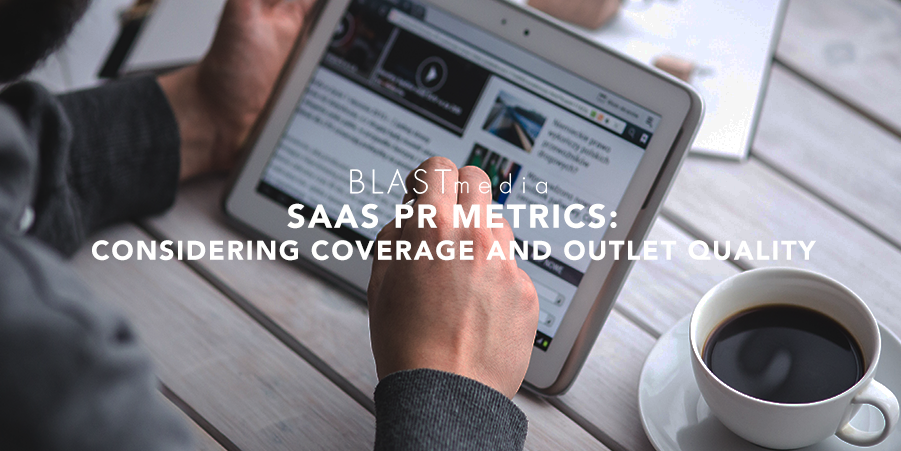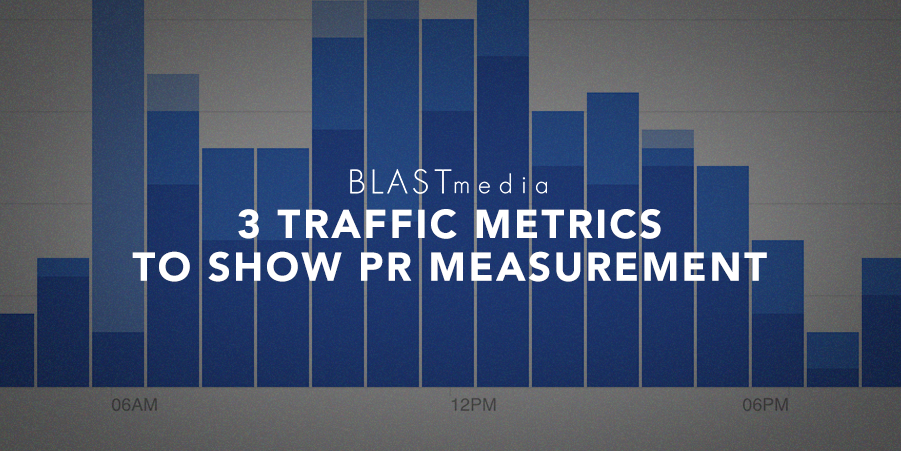Hooray! You landed a quality earned media placement. But now you have to explain its value to stakeholders. You know the hard work that went into the accomplishment, but that effort doesn’t pay the bills. According to a 2023 Muck Rack survey, 66% of PR professionals believe that producing measurable results is key to proving PR value. That response rate is higher than securing more coverage (57%).
If you’re facing questions like, “Is our PR program good?” You’ll need to talk about how to measure results in a way your boss, team and other stakeholders can understand. So, let’s talk about it!
Not all coverage is equal, and despite the cliche, not all press is good press. Does a company mention carry the same weight as a positive, in-depth feature on an important launch? Nope.
That’s why BLASTmedia created StoryScore to help you quantify the power and variation of media coverage at scale.
StoryScore is a scale from 1 to 8 (or higher, more on that in a moment). This single number can bring the reporting conversation down to a granular level — “what are the components of this piece that are most impactful?”— or zoom it out to the big picture: “is this a good article?”
What’s a good StoryScore?
- Premier Tier (Score of 8 or more): This category represents the pinnacle of media placements, showcasing exceptional quality and impact — like features or quotes in Tier 1 outlets.
- Spotlight Tier (Score of 4-7): Highlighting good coverage and demonstrating a solid PR program, “Spotlight” placements are worthy of attention and recognition — contributed content in a trade pub, for example — but fall short of the premier category.
- Highlight Tier (Score of 1-3): This tier covers smaller wins like mentions or earned press release pickups, which still contribute positively to the overall PR strategy.
How does this number fit into standard reporting metrics like Share of Voice (SOV)? StoryScore emphasizes quality, whereas SoV focuses on quantity. If you have one piece of coverage compared to a competitor’s 10 pieces, the competitor will have a much higher SoV. But what if your single piece is an in-depth feature and the competitor’s placements all mention an old data breach? We use SoV here at BLASTmedia, but this hypothetical situation illustrates why SoV doesn’t tell the whole story. It’s not all about quantity!
So, how do you quantify the quality of these placements? PR pros often like to joke that they don’t love to work with numbers. So we’ll keep this simple.
First, rate the type of media placement from 1-5.
- 5 points for features.
- 4 points for quotes.
- 3 points for contributed content and podcast interviews.
- 2 points for paid opportunities, like Forbes Council or FastCo executive boards.
- 1 point for mentions and non-wire distro PR placements.
Now, we dig into those small nuances that matter but may be challenging to convey.
- Land the win in a top-tier publication? Add 4 points.
- Did the piece also include a customer? Add 3 points.
- Was there a backlink to your website, or did the placement include your company’s proprietary data or market research? Both are valuable. 2 points each.
- Wait, was this piece positive or negative? If it was a negative story, deduct 5 points.
A brief sidenote: BLASTmedia defines a top-tier pub as one that maintains a Domain Authority of over 70 and has more than 1 million unique monthly visitors (UVM).
Once tallied up, specific scores for some placements may exceed 8 points. That’s the sign of a great article, but as a reminder, scores from 4-7 are solid wins and likely the most common.
StoryScore in action
A BLASTmedia client recently secured 30+ pieces of coverage for a funding announcement, a campaign we deemed a success. But, was it? We ran coverage through our StoryScore, and the average score of each piece was a 6. That’s smack in the middle of our Spotlight tier, validating good campaign performance.
Here’s what went well:
- The biggest win was a feature in TechCrunch, a tier-1 publication that included a backlink to the client’s website. This piece scored an 11.
- Other placements hitting a StoryScore of 8 or more include features in a local business pub and an enterprise technology trade with a customer quote and backlink.
- While we also secured coverage in WSJ Pro VC, Fortune and Axios (4 points each for top-tier wins), these hard-won hits are mentions (only 1 point) and don’t include backlinks or a named customer.
Armed with these results, we brainstormed how to make it even better next time, like how pitching the news as an exclusive may have helped us secure an additional tier-1 feature.
Want to try this out yourself? A pen, paper and a calculator aren’t necessary. We’ve created a ChatGPT-based coverage analyzer (for ChatGPT+ users) to help you calculate a StoryScore based on your coverage links and a few questions.
If you aren’t subscribed to ChatGPT+ and want our team to calculate a StoryScore for you, email Lindsey Groepper, BLASTmedia President, and let’s chat more about modern PR measurement!





